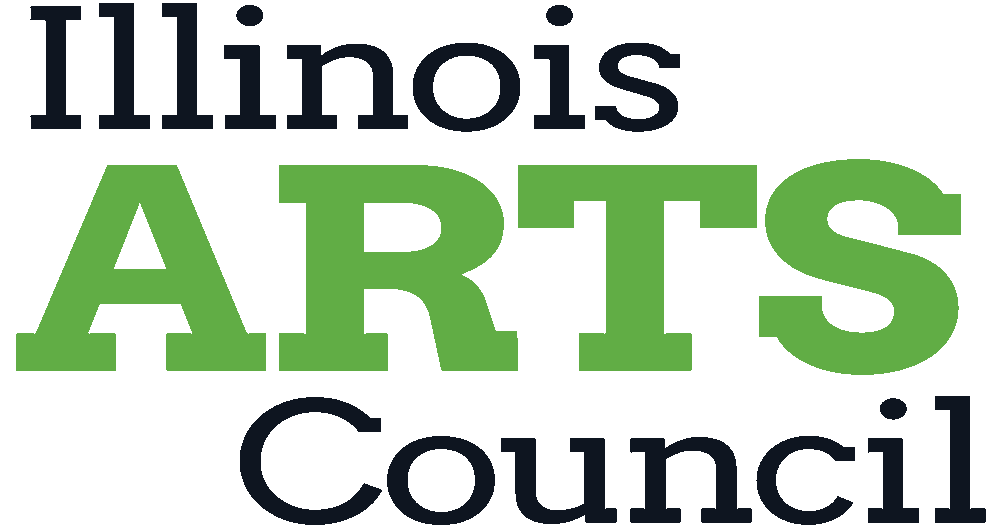Violins of Hope

The Violins of Hope exhibit at the Spurlock Museum runs April 21–May 31.
Throughout the month of May, the Spurlock Museum has been home to four violins from the Violins of Hope project, a collection of over 70 stringed instruments played by Jewish musicians before and during the Holocaust. Over the last two decades, these instruments have been lovingly collected and painstakingly restored by Israeli master violinmakers Amnon and Avshalom Weinstein, a father–son duo. The Violins of Hope project was established to give voice to the victims, reclaim lost heritage, and promote messages of hope and unity. The violins in the collection have since traveled the world as part of educational initiatives, exhibitions, concerts, and workshops.
Sponsored by the Jewish Community Center (JCC) Chicago, instruments from the Violins of Hope collection are making their way around Illinois as part of a six-month initiative that runs from April to September. The Champaign-Urbana Jewish Federation has partnered with JCC Chicago and other local sponsors to bring these instruments to Champaign-Urbana for a series of concerts and events in May in honor of Jewish American Heritage Month. The Violins of Hope exhibit at Spurlock closes on Wednesday, May 31, and the final concert will take place on Thursday, June 1 at 7:30 p.m. at the Rose Bowl Tavern. The concert will feature world-famous klezmer violinists Jake Shulman-Ment and Abigale Reisman and Chicago-based clarinetist Kurt Bjorling.
Amnon Weinstein first encountered a violin that had been played during the Holocaust about 60 years ago when he was a young violinmaker. A customer brought him an old instrument for restoration. The instrument was in bad shape, and the owner hadn’t touched it since he was forced to play it as his family, friends, and neighbors marched to the gas chamber in a Nazi death camp. Because of this instrument and his ability to play it, his life was spared, as he was needed in the death camp orchestra. Much to Weinstein’s horror, when he opened the violin case, ashes fell out, presumably the remains of some of the 6 million Jews that perished in the Holocaust that had billowed into the sky from the gas chambers.
Restoring this instrument proved to be too much for Weinstein to handle emotionally at the time. He was only ready to face these instruments in 1996, when he put out a call for Holocaust violins for him to restore, often at his own expense. Soon, survivors and families of those who perished reached out to Weinstein to donate or sell him their instruments, many of which had been put away in an attic for decades because the memories associated with them were just too painful.

JHV 10. Klezmer violin with three Stars of David on the back.
The instruments Weinstein receives are usually in bad condition and require months or years of restoration work. Many are weather-beaten from having been played outside. Some are in pieces. One had even been buried in the ground for safe keeping while its owner was in the camps. The violins also range in quality from humble folk instruments played by amateurs to concert-level instruments. The extent to which Weinstein decides to restore the instruments depends on their initial quality and the story of the violin. For most instruments, Weinstein tries to capture how the instrument would have sounded at the time, restoring not only the violins but also the souls, legacies, and lives of those who played them. But there is one violin in the collection that will never be restored or played again. When Weinstein opened up the body of this particular violin, he discovered to his horror a swastika and “Heil Hitler” scrawled on the inside by a German violinmaker the owner had taken his instrument to before the war.
Weinstein began collecting these instruments and their associated stories as a way to honor the victims and also to break the silence that surrounded the Holocaust, as many Jewish families, including his own, were unable to talk about the horrors they endured. Though the voices of the violins’ owners had been silenced by hatred and cruelty, Weinstein vowed that these restored violins would one day speak for them. As such, though these violins are priceless historical artifacts, they are meant to be played and heard. Weinstein considers the Violins of Hope his act of resistance—each restored violin a memorial to the dead and proof that the Nazis failed in extinguishing the voices and culture of the Jewish people.
To learn more about the Violins of Hope project and Amnon Weinstein, listen to this piece from The 21st and watch Violins of Hope: Strings of the Holocaust, a PBS documentary narrated by Academy Award-winner Adrien Brody.



